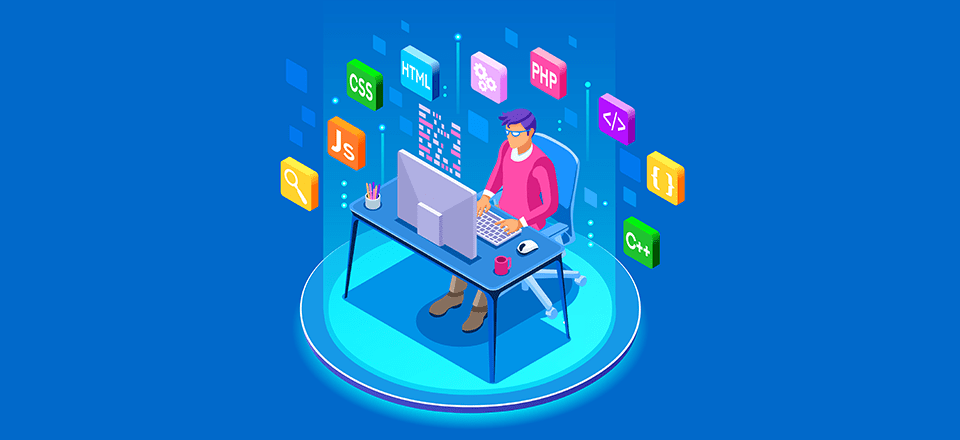
In the midst of all website development is the coding programming language that gives life to a static webpage. HTML, CSS, and JavaScript are the primary building blocks, providing the structure, design, and interactivity. They allow developers to create dynamic and responsive websites that seamlessly adapt to various devices and size of screens. Beyond the basics frameworks and libraries like Bootstrap and jQuery facilitate development, providing ready-to-use components and capabilities which speed the process along and ensure consistency across platforms.
User experience (UX) is an important element of web development that directly impacts visitor satisfaction and their engagement. UX design involves the creation of intuitive interfaces and enhancing usability so that visitors can effectively achieve their objectives. This includes everything from responsive designs for mobile devices to intuitive menus of navigation, as well as clear calls to action. By prioritizing user experience websites can improve the user experience, decrease bounce rates and eventually boost conversions.
With the design approved The developers then shift their attention to the technical aspects of Website Development. The process involves writing code - the language of the web that brings the design to life. From HTML as a way to organize content, CSS for styling, and JavaScript to allow interaction, web developers employ a myriad of tools and technologies to turn visual ideas into practical websites. Accessibility and performance are prioritized throughout this process, ensuring that the site's design isn't only visually appealing but also speedy and easy to load across various platforms. To gather additional information kindly go to www.iabcd.cn

Beyond the technical aspects the development of websites also includes the creative process of designing an attractive and easy-to-use interface. User interaction (UX) design focuses on analyzing the needs and behavior of users on websites and creating an intuitive and enjoyable browsing experience. This involves wireframing, prototyping and testing usability for fine-tuning the layout, navigation, and interactive elements of the website. An attractive user interface is not just a way to increase engagement but can also help establish brand image and trustworthiness.
In the ever-evolving landscape of web development, keeping on top of the latest technology and developments is essential. From responsive design to mobile optimization to progressive internet apps as well as voice interfaces, advances continue to influence the way websites are built and experienced. The developers need to be updated in order to adapt their expertise and tactics accordingly in order to stay on top of the game in today's digital market. In addition, regular maintenance and upgrades are vital in order to keep your website safe, functional, and relevant in the long term.